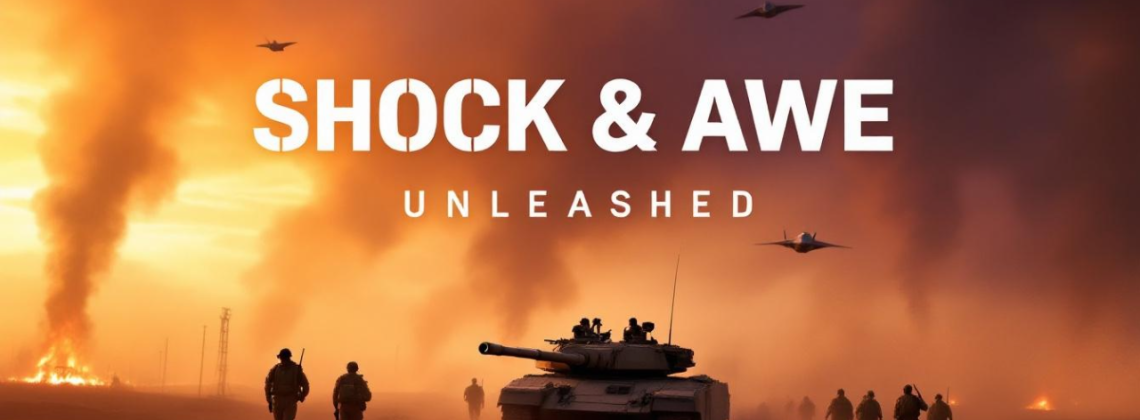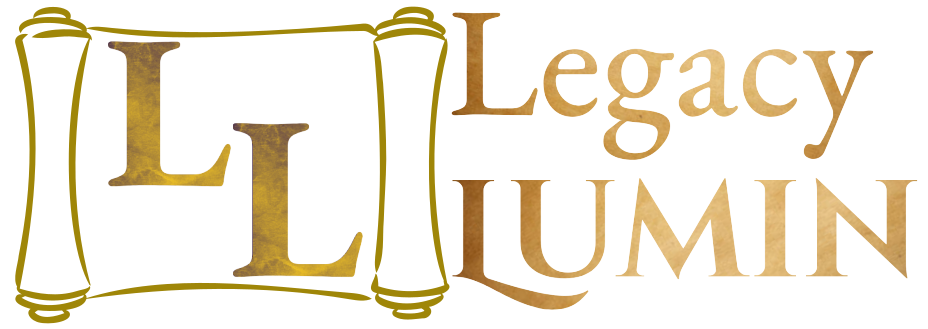
In the early 1990s, the world witnessed war like never before—live on television. Missiles illuminated the night sky, tanks thundered across desert sands, and the eerie green glow of night vision redefined the way we saw conflict. This was not just another military showdown; it was a transformation in the art of war. Welcome to Operation Desert Storm, the Gulf War campaign of 1991 that introduced “shock and awe” and forever changed modern warfare. Here’s the story of a conflict that lasted just 43 days but left an indelible mark on military history and global politics.
The Spark: Saddam Hussein’s Invasion of Kuwait
It all began on August 2, 1990, when Iraqi forces under Saddam Hussein invaded Kuwait. The reasons were tangled in economics and power. Saddam accused Kuwait of overproducing oil and stealing Iraqi resources via slant drilling, but the invasion was also driven by his view of Kuwait as historically part of Iraq—and a lucrative prize rich in oil and coastline.
Within two days, over 100,000 Iraqi troops and 700 tanks occupied Kuwait. The global response was swift: the United Nations condemned the invasion, and a coalition of 39 nations—anchored by the United States—formed to liberate Kuwait. Thus, Operation Desert Shield began, setting the stage for one of the most significant military campaigns in modern history.
Preparing for War: The Build-Up and Technological Edge
While diplomatic efforts continued, the United States began deploying troops to Saudi Arabia to deter a potential Iraqi attack. Over five months, more than 500,000 U.S. troops and 200,000 coalition forces were mobilized in one of the largest military build-ups since World War II.
What set this operation apart was the coalition’s technological superiority:
- Precision-guided munitions (PGMs): Laser- and satellite-guided bombs hit targets with pinpoint accuracy.
- Stealth bombers: The F-117 Nighthawk, invisible to most radar systems, played a pivotal role.
- Patriot missile systems: Intercepted incoming Scud missiles to protect coalition forces and allies.
- AWACS planes: Provided unmatched air command and battlefield intelligence.
The coalition wasn’t just preparing to fight; they were preparing to dominate.
Shock and Awe: The Air Campaign
On January 17, 1991, after Saddam ignored the UN’s withdrawal deadline, Operation Desert Storm officially began. It started not with tanks but a relentless air campaign under the cover of night. F-117 stealth bombers struck key targets in Baghdad, crippling Iraq’s communication and military infrastructure. Within 72 hours, 75% of Iraq’s command and control network was destroyed.
Over the next five weeks:
- More than 100,000 sorties were flown.
- Over 88,500 tons of bombs were dropped.
- Iraq’s air defenses were neutralized with surgical precision.
The term “shock and awe” might not have been officially coined until the Iraq War of 2003, but its essence was born here: overwhelming the enemy so completely and swiftly that resistance crumbles.
Saddam’s Countermeasures: Scud Missiles and Human Shields
Saddam Hussein did not go down without a fight. He launched over 80 Scud missiles at Israel and Saudi Arabia, hoping to fracture the coalition. However, Israel, under intense U.S. pressure, refrained from retaliating, while Patriot missile systems intercepted many Scuds, minimizing casualties.
In a grim turn, Saddam also used Western civilians as human shields, placing them near strategic targets to deter bombing. It was a chilling reminder of the moral complexities of modern warfare.
The 100-Hour Ground War
By mid-February, Iraq’s military was crippled, but Saddam refused to surrender. On February 24, 1991, the coalition launched their ground offensive. Instead of a direct assault on Kuwait, General Norman Schwarzkopf executed a brilliant flanking maneuver:
- U.S. Marines attacked from the front, pinning Iraqi forces in Kuwait.
- The U.S. 7th and 18th Airborne Corps swung around the western flank, cutting off retreat routes and encircling the Republican Guard.
The results were staggering. In just 100 hours, coalition forces liberated Kuwait City, destroyed thousands of Iraqi vehicles, captured over 80,000 troops, and suffered only 294 coalition deaths.
The Aftermath: Victory and Lingering Questions
On February 28, 1991, President George H.W. Bush declared a ceasefire. Kuwait was free, but the decision not to advance to Baghdad had lasting consequences. Saddam brutally suppressed uprisings by Shia Muslims and Kurds, leading to humanitarian crises. Furthermore, the war cemented a prolonged U.S. military presence in the Middle East, a factor that would fuel future tensions, including the grievances of extremist groups like al-Qaeda.
The Legacy of Operation Desert Storm
Operation Desert Storm set a new benchmark for modern warfare. It showcased how advanced technology, precision, and international coordination could achieve swift, decisive victories. Key statistics underscore the campaign’s magnitude:
- 39 coalition nations.
- 700,000 troops mobilized.
- Over $60 billion spent, with 80% funded by allies like Saudi Arabia and Japan.
- Fewer than 150 U.S. battle deaths.
- Over 100,000 Iraqi soldiers killed or captured.
More than just a military success, Desert Storm redefined how wars would be fought—and watched—moving forward, from the precision of its planning to the coordination among nations. It proved that wars could be won in days and broadcast in real time, forever altering the global perception of conflict.
What are your thoughts on Operation Desert Storm’s legacy? How do you think it shaped the modern world? Comment below and share your perspective!
